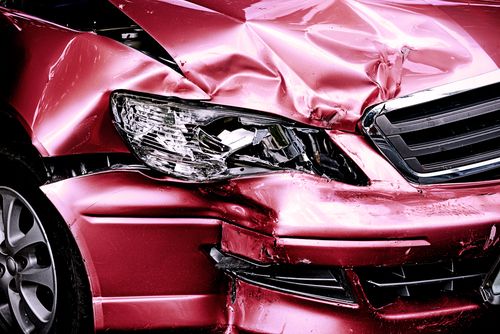
What Crash Information Does an Event Data Record Gather?
Event Data Recorders, or EDRs, collect and store invaluable data when a motor vehicle collision occurs. These devices are not mandated by federal law in the United States. However, most manufacturers have voluntarily installed them on their vehicles because other countries do have such requirements. This means that most vehicles on American roads manufactured after 2012 have these devices installed. When a crash occurs, the information stored within the EDR can be used to establish liability for a motor vehicle accident in Boulder.
Crash Information Stored by Most EDRs
Most EDRs are designed to store information about the vehicle, vehicle occupants, and driver actions. This crash information includes:
- Vehicle dynamics before the crash, including the performance of the engine, condition of light systems, the status of brake systems, and other critical functions.
- Driver inputs, including acceleration, braking, turning, and other actions.
- Crash signature, including impact speed, the force of impact, and points of impact.
- Restraint and safety system deployment, including whether drivers/passengers were wearing seatbelts and airbag deployment speed.
- Post-crash data, including activation of any collision notification systems, condition of safety systems, etc.
Most data recorders collect between 15-30 data points. This crash information can provide a clearer picture of the events and driver actions that occurred in the seconds before the crash, during the event, and in the aftermath.
Retrieving Crash Data
Unless otherwise equipped with Wi-Fi, most EDRs require a crash investigator and special tools to retrieve the data they contain. While the recorder only records data in the seconds preceding a crash, the EDR module will store it indefinitely, thus, there is no immediate rush to retrieve this data, and it can occur after the vehicle is removed from the accident scene. However, sooner is always better to ensure the module itself isn’t damaged or lost.
Presenting EDR Data in Court
The EDR data in your vehicle and any other vehicles involved in the crash can be presented to the courts as evidence of your claim. As with all evidence, plaintiffs and defendants are bound by the Colorado Rules of Evidence regarding the preservation and presentation of EDR evidence.
For more information about EDRs and evidence that can establish a personal injury claim in Colorado, contact Sloat, Nicholson & Hoover, P.C. at (303) 447-1144. It is our pleasure to answer your questions and tell you how we use crash information to pursue our clients’ claims.
Related Articles
Articles and information to keep you up to date on personal injury news.
The Importance of Medical Records in Personal Injury Claims
After a serious injury caused by someone else, medical care becomes more than just treatment—it becomes evidence. Every appointment, diagnosis, and test result documents the injury and how
Read More
How to Claim Lost Wages from a Car Accident
You’re injured, unable to work, and the bills are piling up after your car accident. Without a paycheck, balancing everyday expenses and medical costs feels impossible. How are
Read More
Back Injury from a Car Accident
Some injuries are impossible to ignore. What seemed like a minor ache after a crash can become constant painful discomfort, making everyday tasks harder. Sitting for long periods,
Read More
